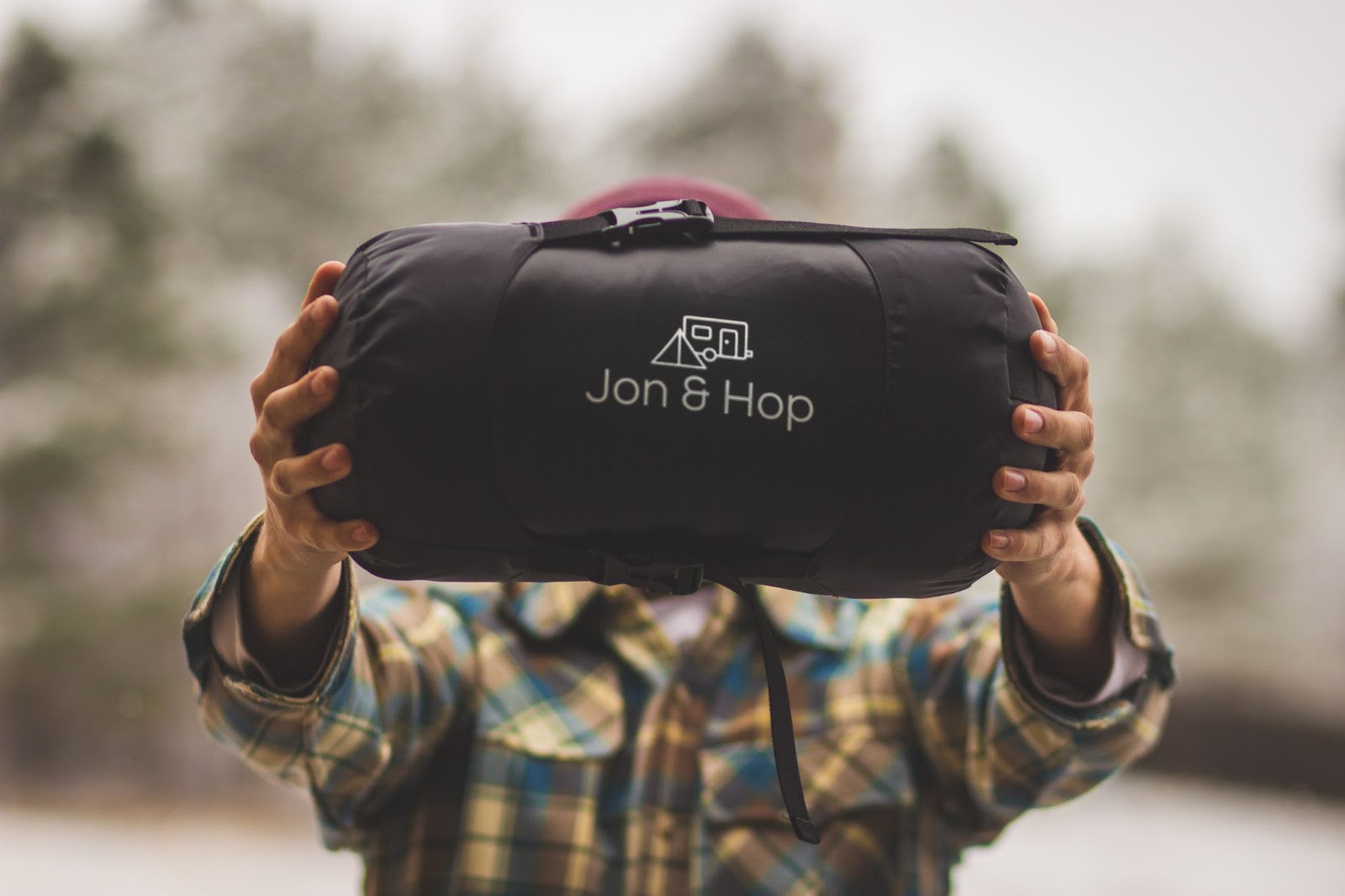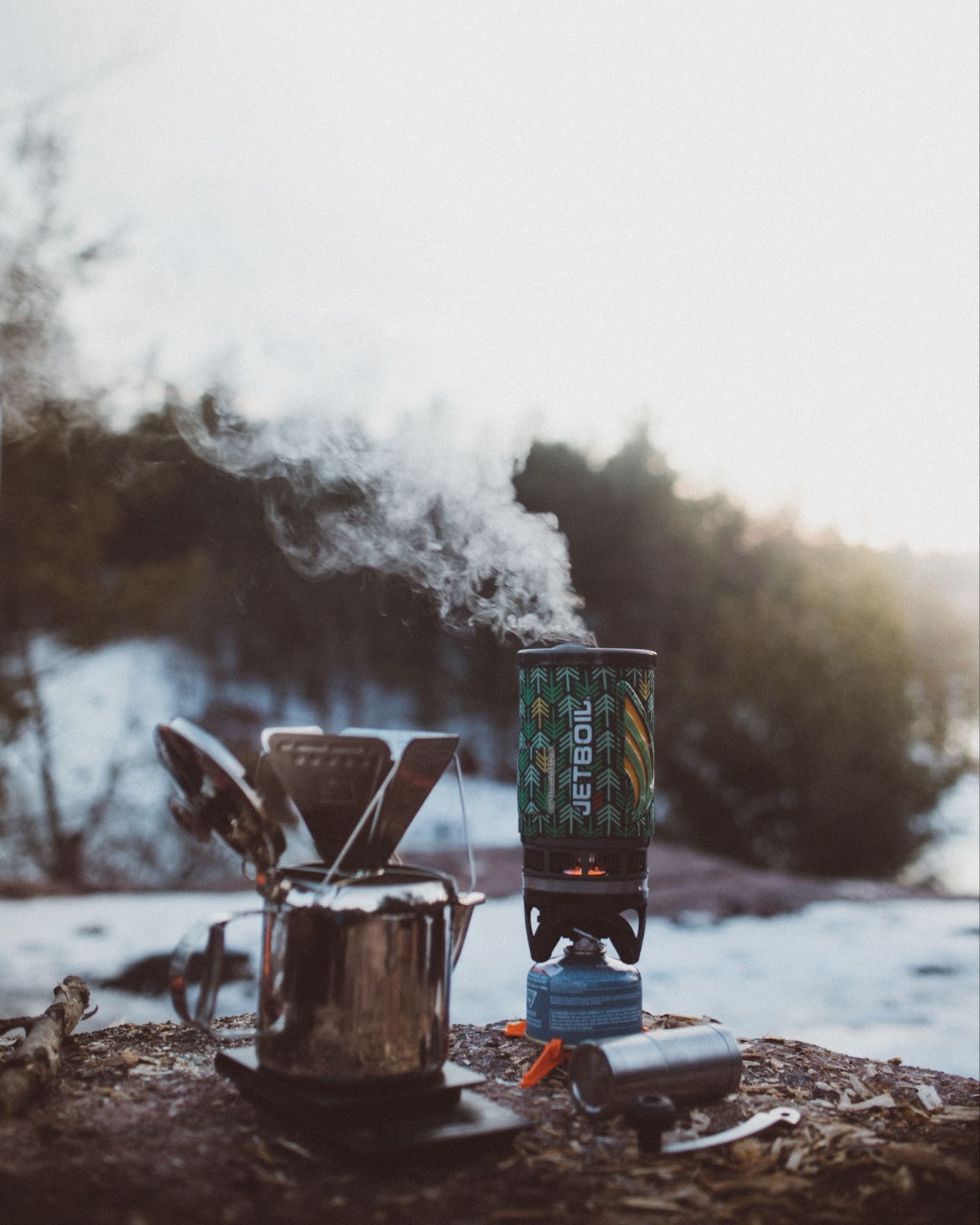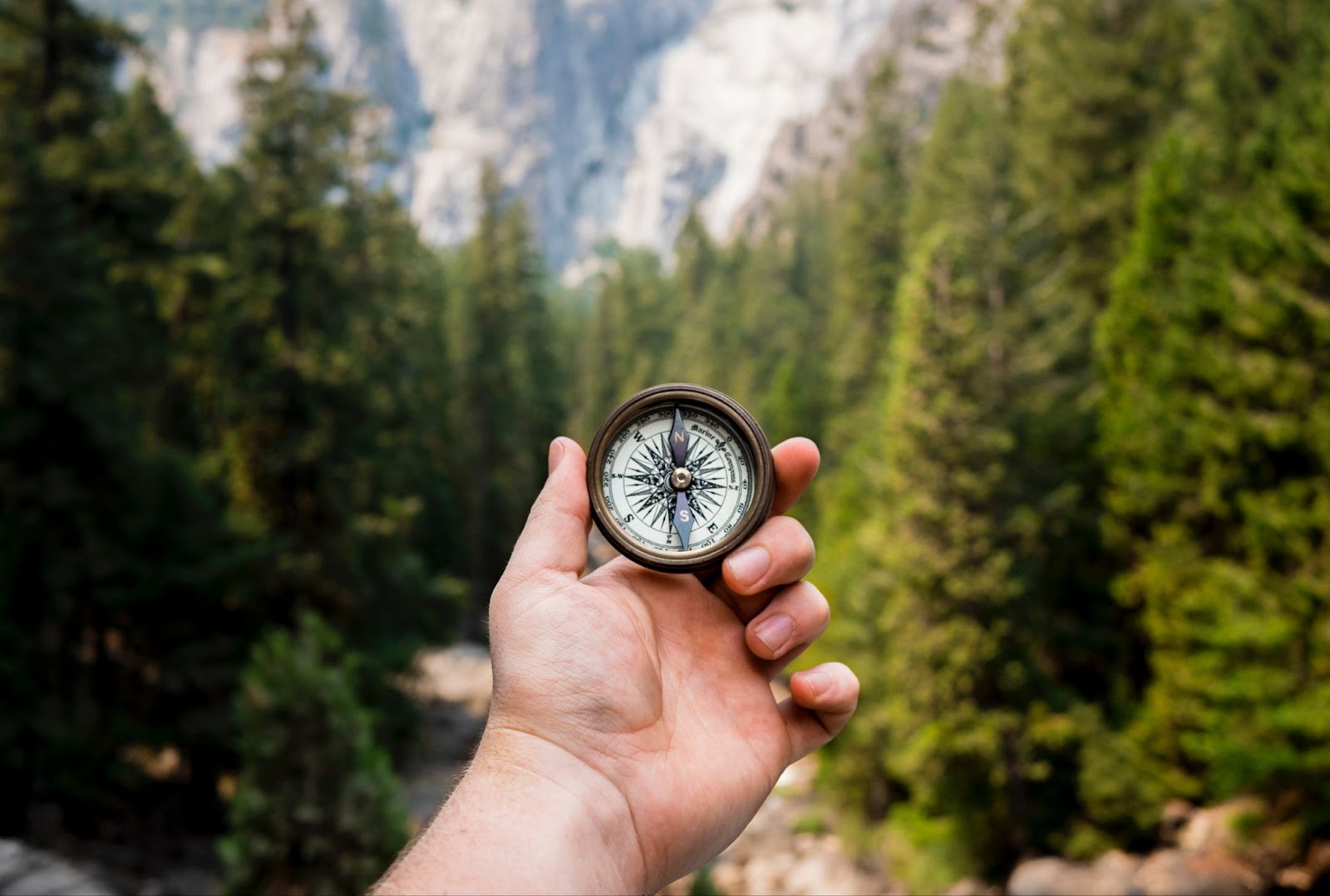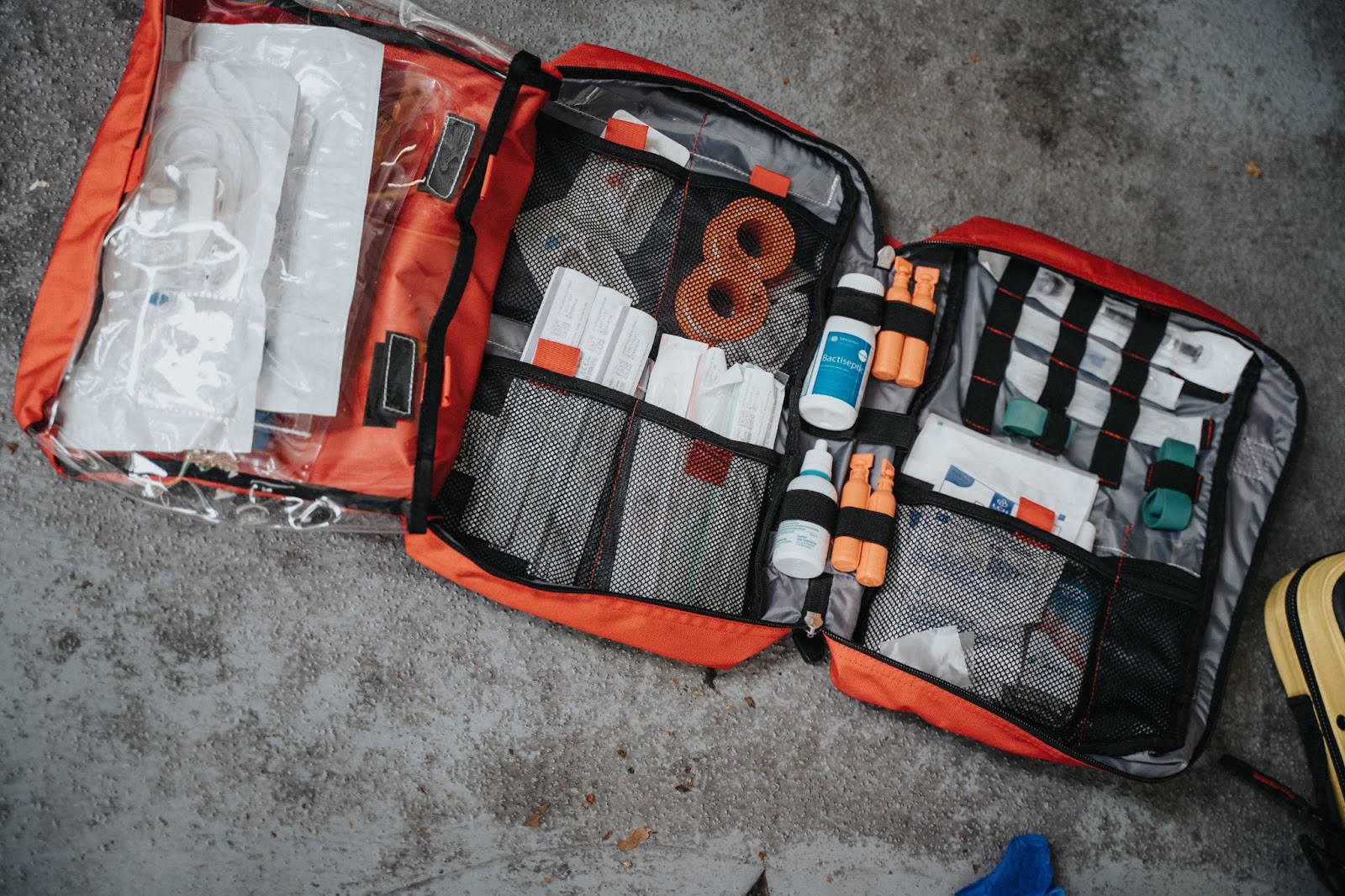Mastering the Art of Backpacking: A Guide on how to pack for your next backpacking adventure.

Embarking on a backpacking adventure is a thrilling experience, offering a chance to connect with nature and explore the world on your terms. However, the key to a successful and enjoyable backpacking trip lies in mastering the art of packing. In this comprehensive guide, we’ll delve into the essential tips and tricks to ensure you pack efficiently for your next adventure.
Make a Packing List:
Before you start filling your backpack, create a detailed packing list. Consider the climate, terrain, and activities you’ll be engaging in. Categorize your items into essentials and non-essentials to prioritize space for the most important items.
1. Start with the Right Backpack:
Choosing the right backpack is the foundation of efficient packing. Opt for a backpack that suits the duration of your trip and is comfortable to carry. Ensure it has enough compartments and pockets to help you organize your belongings effectively.
2. Clothing Essentials:
Pack lightweight and moisture-wicking clothing suitable for the climate of your destination. Include a mix of short and long sleeves, a waterproof jacket, and a versatile pair of pants. Remember to pack appropriate undergarments and socks. Roll your clothes to save space and minimize wrinkles.
3. Footwear Matters:
Choose sturdy, comfortable, and waterproof footwear based on your activities. If your trip involves diverse terrain, consider packing both hiking boots and lightweight sandals for versatility. Make sure to break in your footwear before the trip to avoid discomfort.
4. Sleep System:
Invest in a quality sleeping bag and lightweight, compact sleeping pad. Research the expected temperatures of your destination to choose the right sleeping bag rating. A good night’s sleep is crucial for an enjoyable backpacking experience.
5. Shelter:
Depending on your preferences, pack a lightweight tent or a compact hammock with a rainfly. Ensure your shelter is appropriate for the conditions you might encounter, and practice setting it up before your trip.
6. Cooking and Eating Gear:
If you plan to cook your meals, carry a lightweight stove, fuel, and cookware. Opt for compact utensils, a lightweight mug, and a durable bowl. Consider dehydrated meals and snacks to save space and reduce weight.
7. Water Management:
Stay hydrated by bringing a water filtration system or purification tablets. Collapsible water bottles or a hydration system can save space when not in use. Research water availability at your destination to plan accordingly.
8. Navigation and Communication:
Pack a map, compass, and a fully charged GPS device or smartphone with offline maps. A portable charger is essential to keep your devices powered. Inform someone about your itinerary and expected return date for safety.
9. First Aid Kit:
A well-equipped first aid kit is a non-negotiable item. Include essentials such as bandages, antiseptic wipes, pain relievers, blister treatment, and any personal medications.
10. Personal Hygiene:
Keep personal hygiene items to a minimum. Pack travel-sized toiletries, a toothbrush, and toothpaste. Consider biodegradable soap to minimize environmental impact.
11. Lighting:
A reliable headlamp or flashlight is crucial for navigating in low-light conditions. Don’t forget extra batteries or a portable solar charger for recharging.
12. Safety Essentials:
Pack a multi-tool, a whistle, and a small repair kit for gear. Be prepared for unexpected situations, and know basic first aid skills.
13. Pack Smart, Pack Light:
Be ruthless in eliminating non-essential items. Consider the weight and utility of each item before adding it to your pack. A lighter load means a more enjoyable trek.
14. Test Your Pack:
Before hitting the trail, conduct a test pack to ensure everything fits and the weight is distributed evenly. Adjust straps for comfort and make any necessary adjustments to lighten your load.
By following these tips, you’ll be well-prepared for your backpacking adventure. Efficient packing is an art that evolves with experience, so take note of what works best for you and refine your approach with each trip. Remember, the key to an enjoyable backpacking experience is finding the perfect balance between preparedness and simplicity. Remember Leave no trace!!!Happy trails!
You helped me a lot with this post. I love the subject and I hope you continue to write excellent articles like this.
Please tell me more about your excellent articles